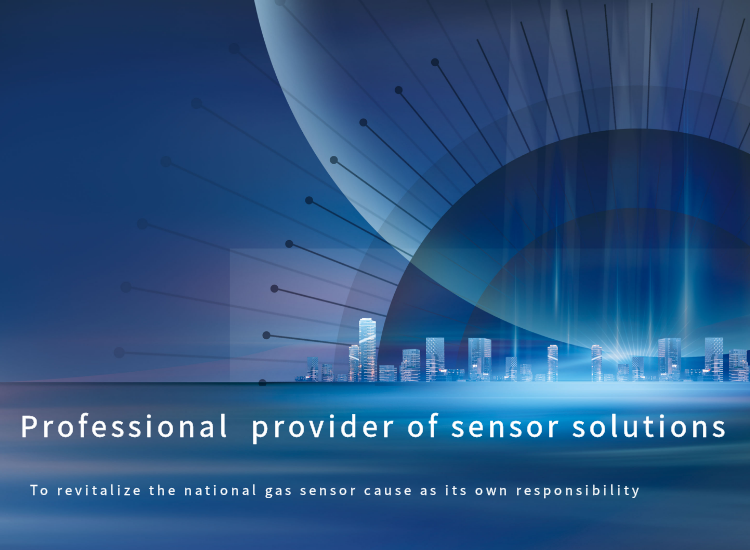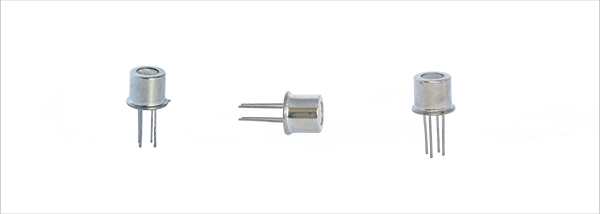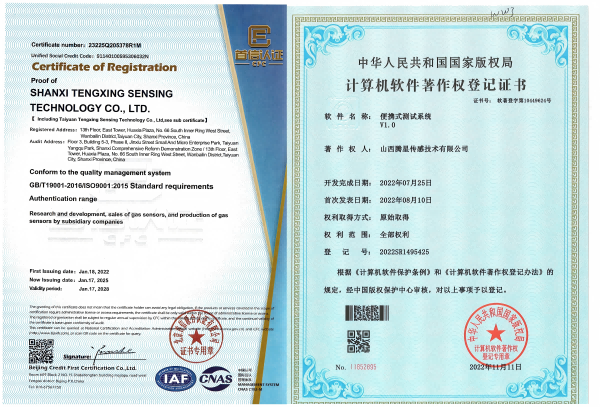

 Products
Products Air Quality (VOC) Sensor
Air Quality (VOC) Sensor
For the harmful gas detection
Application:
In home and office environments:Product characteristics:
Highly sensitive to alcohol, smoke, isobutane, and formaldehydePerformance
MQ-P5 gas sensors apply to the home and office device monitoring harmful gas, such as smoke, isobutane, formaldehyde.
Product images

Technical specifications
| Product model | MQ-P5 | |
| Product type | Flat semiconductor gas sensor | |
| Standard packaging | Metal encapsulation | |
| Detect gas | Alcohol, smoke, isobutane, formaldehyde | |
| Detect concentration | 1~1000ppm(Alcohol) | |
| Standard circuit conditions | Heat voltage(VH) | 5.0V±0.1V AC or DC |
| Circuit voltage(Vc) | ≤24V DC | |
| Load resistance(RL) | adjustable | |
| Sensor characteristics under standard testing conditions | Heating resistor(RH) | 95Ω士10Ω (room temperature) |
| Heatingpower(PH) | ≤300 mW | |
| Sensitive body resistance(RS) | 1KΩ~30KΩ(in 50ppm methane) | |
| Sensitivity(S) | Rs(in air)/Rs(in 50ppm methane)≥5 | |
| Concentration slope(α) | ≤0. 6(R100ppm/R30ppm methane) | |
| Standard circuit conditions | temperature/humidity | 0℃±2℃;65%±5%RH |
| standard test circuit | VC:5.0V±0.1V; VH :5.0V±0.1V | |
| warm-up time | no less than 48 hours | |
Basic circuit
Storage time and corresponding aging time
| Storage time | Recommended aging time |
| Less than one month | No less than 48 hours |
| 1-6 months | No less than 72 hours |
| 6 months and above | No less than 168 hours |
Application
Used for harmful gas detection in home and office environments, automatic exhaust devices, air purifiers, etc.

Production workshop

Certificate Qualification

TenSensor, China's first listed gas sensor company,Tensensor can provide more than 100 varieties of six series including:
semiconductor gas sensor
electrochemical gas sensor
infrared gas sensor
dust sensor
pyroelectric sensor
thermopile sensor, etc.
which can be used for more than 200 kinds of gas and infrared, dust and other indicators detection, widely used in the field of security for detecting gas leakage, noxious gas leakage, smog and fire, the field of family, office and factory for detecting HCHO, VOC, CO2, PM2.5 and so on.
Moreover, the solutions for security, household electrical appliances, consumer electronics, smart home, instruments and meters are available.
For more information about MQ-P5 sensor, please contact account manager.
TEL:0086-0351-5249552
Whatsapp:+86 18335818384
Email: [email protected]
Request Consultation